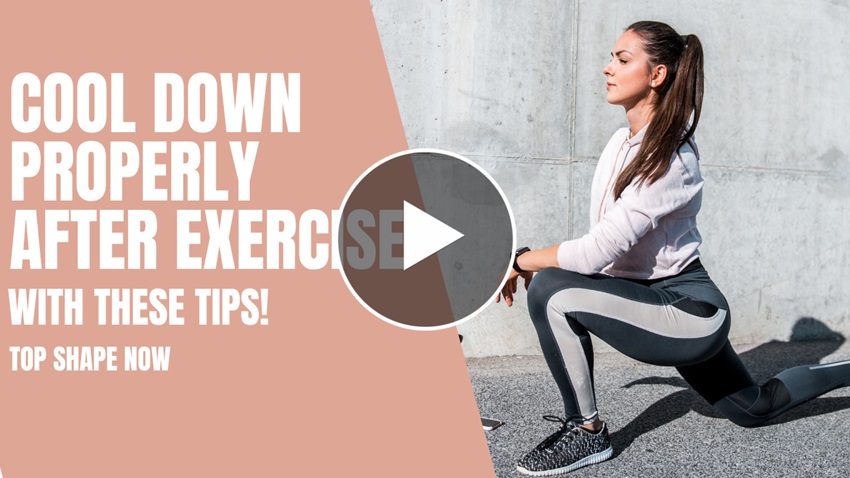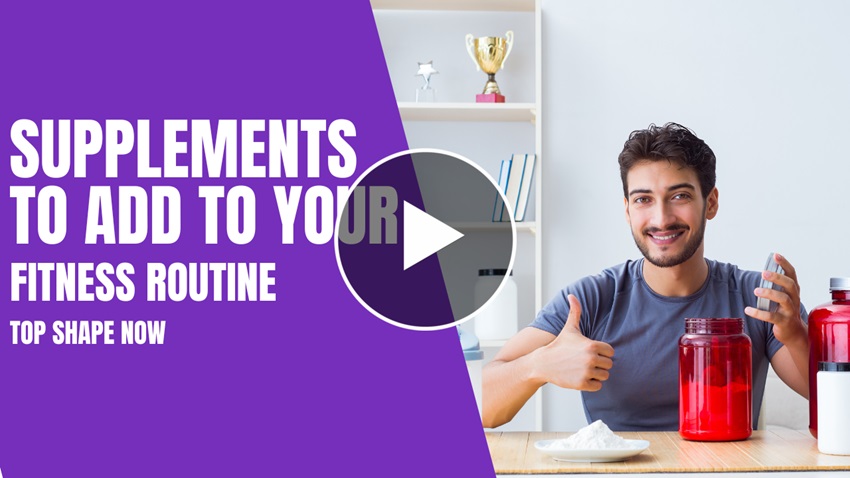Breathing not only fuels the body with essential oxygen but also plays a pivotal role in our overall health and well-being. Various breathing exercises have been developed to enhance lung capacity, improve respiratory efficiency, and reduce stress. These exercises are simple yet powerful tools for maintaining and improving lung health. From athletes looking to boost their performance to individuals seeking relief from respiratory conditions, everyone can benefit from incorporating these practices into their daily routine. This article will guide you through seven effective breathing exercises, each designed to target specific aspects of your respiratory health.
Contents
Diaphragmatic Breathing
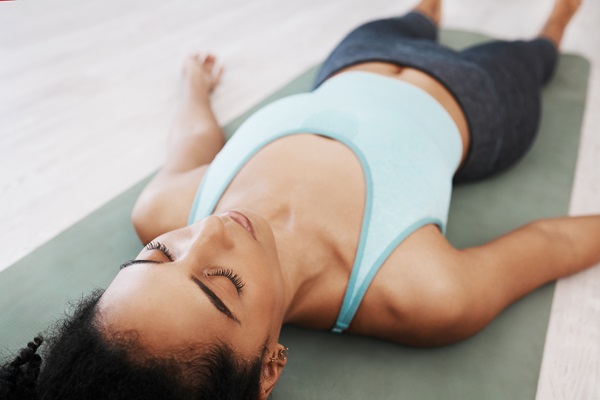
Diaphragmatic breathing, often referred to as “belly breathing,” engages the diaphragm, encouraging full oxygen exchange and strengthening the diaphragm muscle. This technique not only improves the efficiency of the lungs but also reduces the effort required to breathe. By focusing on deep, even breaths, this exercise helps reduce the workload on other respiratory muscles and can alleviate symptoms of stress and anxiety. Practitioners often report feeling calmer and more centered after just a few minutes of diaphragmatic breathing.
To perform diaphragmatic breathing, lie on your back with your knees slightly bent and your head supported. Place one hand on your upper chest and the other below your rib cage, allowing you to feel the movement of your diaphragm. Slowly inhale through your nose, feeling your stomach pressing into your hand. Keep your chest still while you breathe in deeply and slowly, then exhale slowly through pursed lips. Repeat this process for several minutes to help train your lungs to breathe more deeply and efficiently.
Pursed Lip Breathing

Pursed lip breathing is especially beneficial for people with pulmonary diseases, such as COPD, as it helps to slow down the pace of breathing and keeps the airways open longer, making each breath more effective. By breathing out through pursed lips, the air is exhaled more slowly, which helps to reduce breathlessness and maintain better control over breathing patterns. This technique can be particularly helpful during physical exertion or respiratory distress.
To practice pursed lip breathing, begin by relaxing your neck and shoulders. Inhale slowly through the nose for two counts. Then, pucker or “purse” your lips as though you were going to whistle, and exhale slowly through your lips for a count of four or more. This slower pace of exhalation creates back pressure in the airways, which helps keep them open. Repeat this exercise several times, focusing on long, slow, and controlled breaths.
Rib Stretch
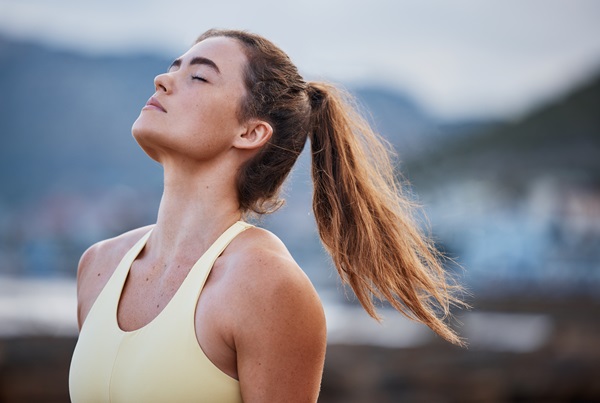
The rib stretch is another effective exercise that maximizes lung capacity by stretching the intercostal muscles, which lie between the ribs, and allowing the lungs to expand more fully. This stretching helps to increase the volume of air that each breath can hold, improving oxygen intake and aiding overall respiratory health. Regular practice of the rib stretch can enhance the flexibility of the rib cage, making breathing easier and more efficient.
To perform the rib stretch, stand upright and exhale all the air from your lungs. Breathe in slowly and deeply, filling your lungs to maximum capacity. Hold your breath for a count of 10, then slowly exhale. As you hold your breath, lift your arms overhead to stretch the rib cage further. Repeat this exercise several times, focusing on deep, full breaths that stretch the ribs and expand the lungs.
Numbered Breath
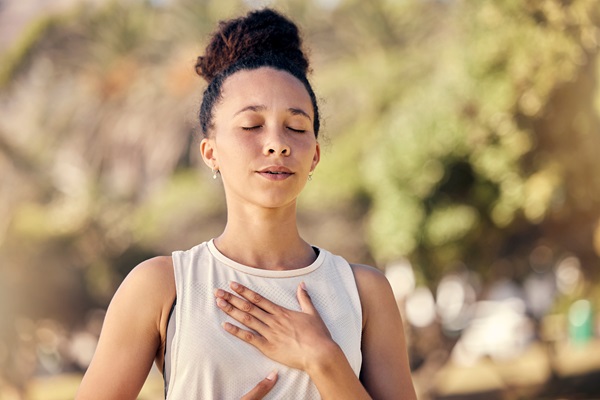
Numbered breath is a focused breathing technique that enhances concentration and helps regulate breathing patterns. This exercise is often used in meditation and stress management because it encourages mindfulness and the conscious control of breathing. By systematically increasing the duration of inhalation and exhalation, this technique can help deepen breaths and improve lung capacity over time.
Begin by sitting comfortably with your back straight. Inhale slowly while mentally counting to four, then hold your breath for a count of seven. Exhale completely over a count of eight. This pattern helps regulate the pace of breathing and can have a calming effect on the mind and body. As you become more practiced, try to increase the counts to lengthen both the breath and the benefits of the exercise.
4-7-8 Breathing

The 4-7-8 breathing technique is a simple yet powerful exercise that promotes relaxation and stress reduction. Developed by Dr. Andrew Weil, this technique is based on pranayama, an ancient yogic breathing practice. By focusing on the rhythm of your breath, you can calm the nervous system, reduce anxiety, and promote a peaceful state of mind.
To practice the 4-7-8 technique, find a comfortable sitting position. Place the tip of your tongue against the ridge of tissue just behind your upper front teeth and keep it there throughout the practice. Exhale completely through your mouth, making a whoosh sound. Close your mouth and inhale quietly through your nose to a mental count of four. Hold your breath for a count of seven. Then, exhale completely through your mouth, making a whoosh sound to a count of eight. This one-breath cycle should take roughly 16 seconds. Repeat the cycle four times initially, and as you grow more comfortable with the practice, you can extend it to eight repetitions.
The regular practice of the 4-7-8 breathing technique can help stabilize the heart rate, lower blood pressure, and bring about a natural state of calm. It is particularly effective before bed or during moments of high stress, as it can help shift the body’s response to stress from a state of heightened alertness to one of calm.
Alternate Nostril Breathing
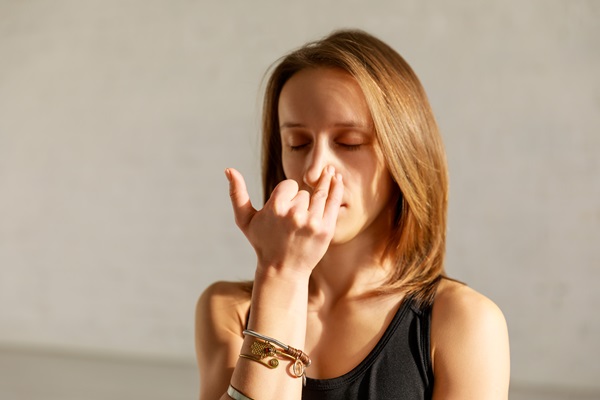
Alternate nostril breathing, also known as Nadi Shodhana in yoga, is a breathing technique that helps to balance the body and calm the mind. It involves alternating the inhalation and exhalation between the nostrils, which is believed to harmonize the two hemispheres of the brain, enhance cardiovascular function, and reduce anxiety.
To perform alternate nostril breathing, sit in a comfortable position with a straight spine. Use the right thumb to close off the right nostril and inhale slowly through the left nostril. Then, close the left nostril with your fingers, open the right nostril, and exhale slowly through the right. Inhale through the right nostril, close it, and exhale through the left. This completes one cycle. Continue for several minutes, always alternating the nostril through which you inhale and exhale.
Sitali Breath

Sitali breath is a cooling pranayama practice that is especially beneficial during hot weather or after physical exertion. It involves inhaling through a curled tongue and exhaling through the nose, effectively cooling the body and calming the mind. This technique is also said to have a soothing effect on the nervous system and can aid in digestion and stress reduction.
To practice Sitali breath, sit in a comfortable position with your eyes closed. Curl the sides of your tongue upwards into a tube (if you cannot curl your tongue, you can purse your lips). Inhale deeply through the tunnel of your tongue, feeling the cool air entering your lungs. Close your mouth and exhale slowly through your nose. Repeat this breathing pattern for several minutes, focusing on the cooling sensation that it brings to your body.
Final Thoughts
The practice of these seven breathing exercises can significantly benefit your lung health and overall well-being. Each technique has unique benefits, from improving lung capacity and oxygen intake to reducing stress and balancing the body’s physiological responses. By incorporating these breathing exercises into your daily routine, you can enhance your respiratory efficiency, boost your mental clarity, and foster a deeper sense of relaxation and health. As with any new exercise regimen, it is important to start slowly and increase intensity gradually, listening to your body’s signals and respecting its limits.
